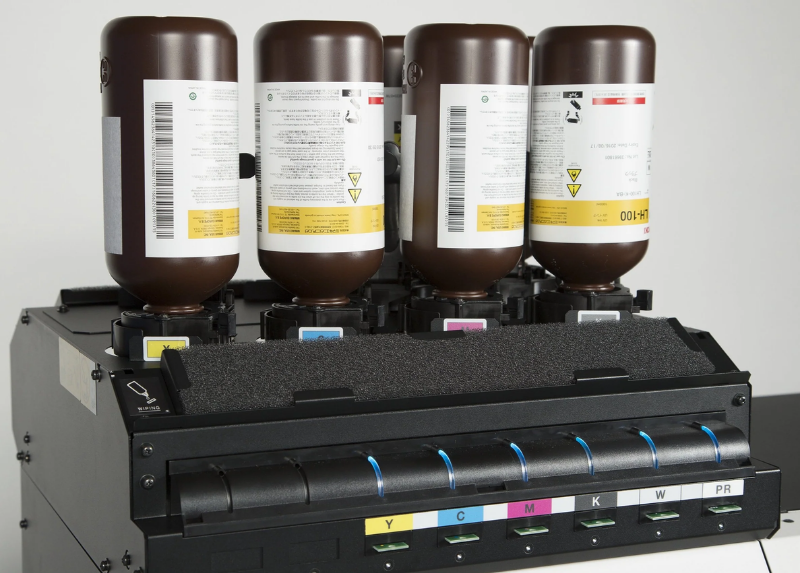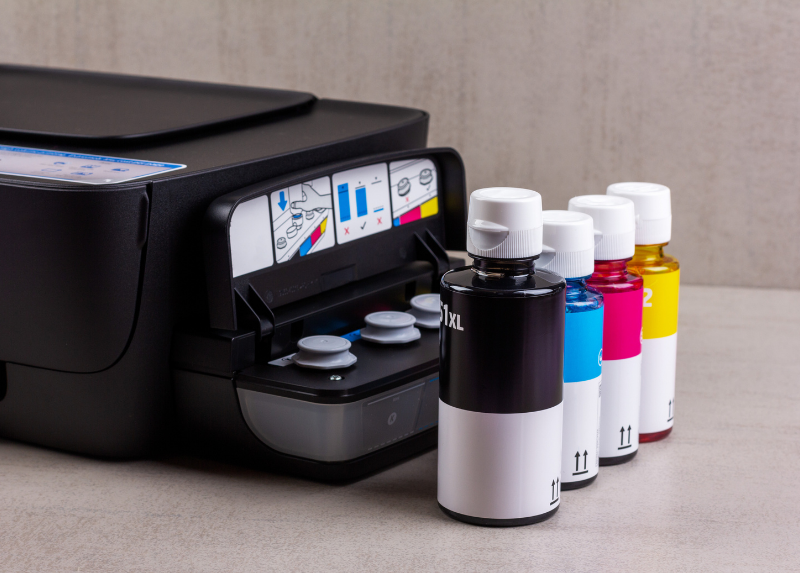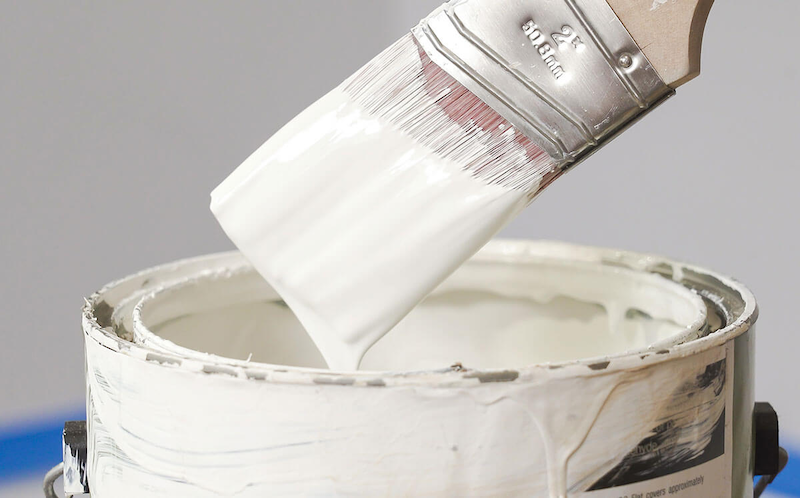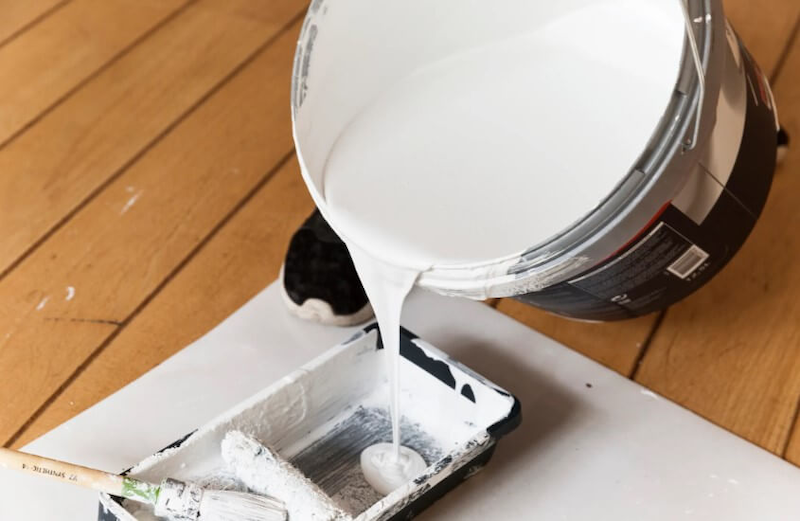Paint Remover Chemicals for Metal: How to Remove Paint and 10 Common Chemical Options
14/07/2025
|
Industry news
Paint remover chemicals are essential solutions used to strip off old paint layers, ensuring proper adhesion for new coatings and helping restore metal surfaces to their original state. Choosing the right chemical not only improves cleaning efficiency but also protects the metal surface and ensures safety during use. This article will provide clear information about various types of metal paint removers as well as a detailed guide on the paint removal process. Let’s explore!
What Are Metal Paint Remover Chemicals?
Metal paint remover chemicals are solutions or chemical compounds specifically designed to remove paint layers (including epoxy, oil-based, PU paint, etc.) from metal surfaces without damaging or corroding the underlying material. These chemicals typically work by breaking the bond between the paint and the metal surface, causing the paint to peel or soften for easier removal.

Key Criteria for Metal Paint Remover Chemicals
- Compatibility with Metal Surfaces: Each type of metal has unique properties, so it’s important to use a chemical suitable for that specific metal to avoid unwanted surface damage.
- Moderate Corrosiveness: Some paint remover chemicals are effective at removing paint while preserving the integrity of the metal surface, helping to prolong the material’s lifespan.
- Ability to Break the Bond Between Paint and Metal: Effective chemicals can penetrate and weaken the adhesion between the paint layer and the metal surface, making removal quicker and easier.
- Appropriate Reaction Time: The chemical should act within a reasonable timeframe long enough to completely remove the paint but not so long as to be inefficient.
- Available in Various Forms: Paint removers for metal come in different forms such as solid, liquid, and gel to suit specific applications.
- Storage Stability and Long Shelf Life: The chemical must remain stable over time without degrading, ensuring safety and cost-efficiency for users.
- Non-Damaging to Metal Surfaces: The paint remover must effectively strip old paint without harming the metal underneath, preserving the original properties of the material.
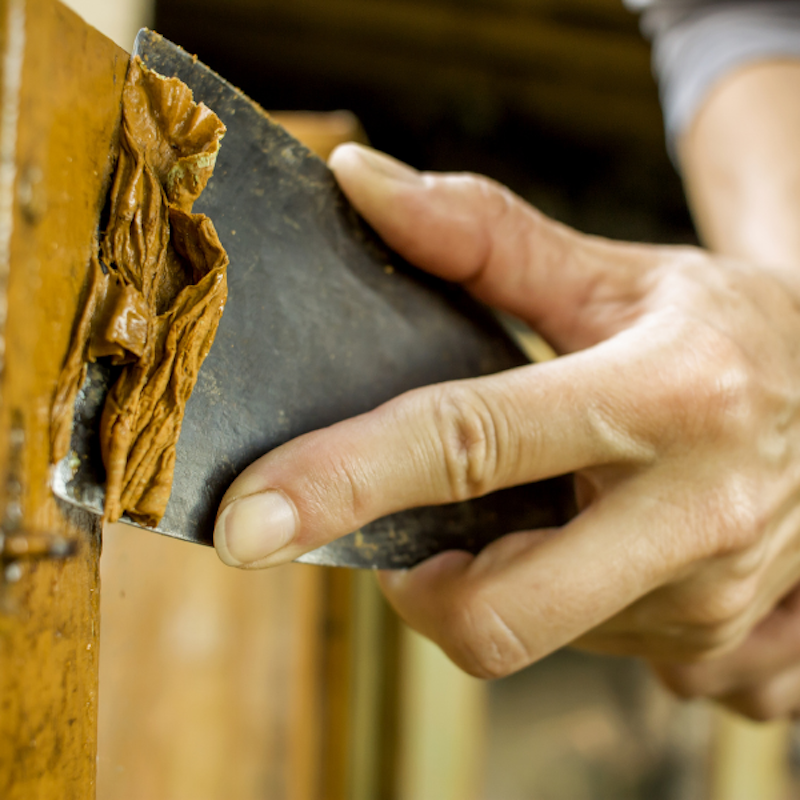
Common Types of Metal Paint Remover Chemicals
Methylene Chloride (Dichloromethane)
- A primary component in many industrial-grade paint removers.
- Advantages: Highly effective; quickly removes tough paint types such as epoxy or baked enamel.
- Disadvantages: Highly toxic; must be used in well-ventilated areas with protective gear (gloves, mask, goggles).

N-Methyl-2-Pyrrolidone (NMP)
- A strong solvent, less toxic than Methylene Chloride.
- Advantages: Effective on epoxy and oil-based paints; more environmentally friendly.
- Disadvantages: Slower reaction; requires longer soaking time.
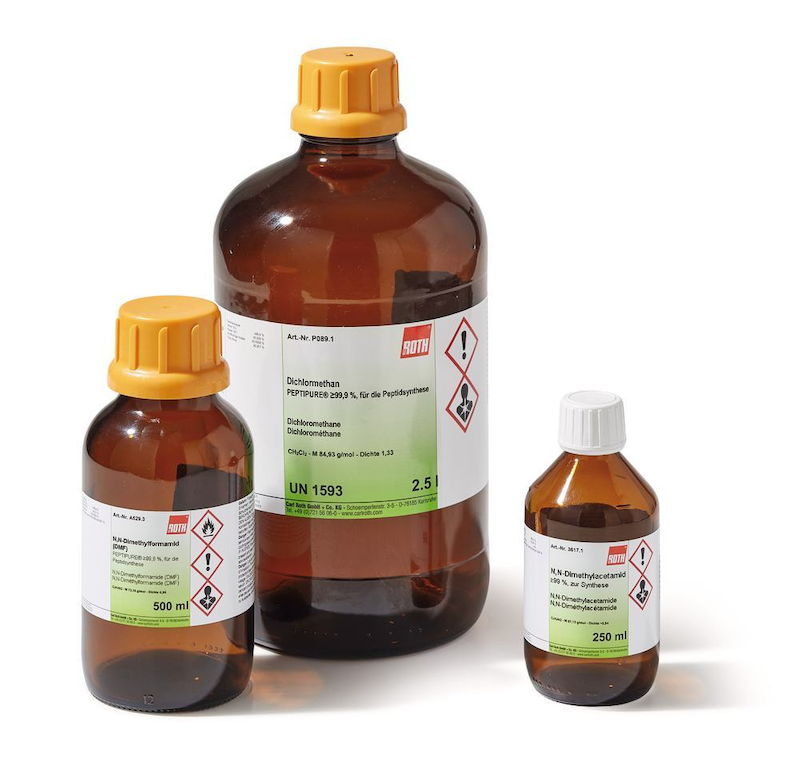
Acetone
- A common and easily accessible solvent.
- Advantages: Works well with thin layers of paint or alkyd-based paint; affordable.
- Disadvantages: Less effective on epoxy or fully cured two-component paints.
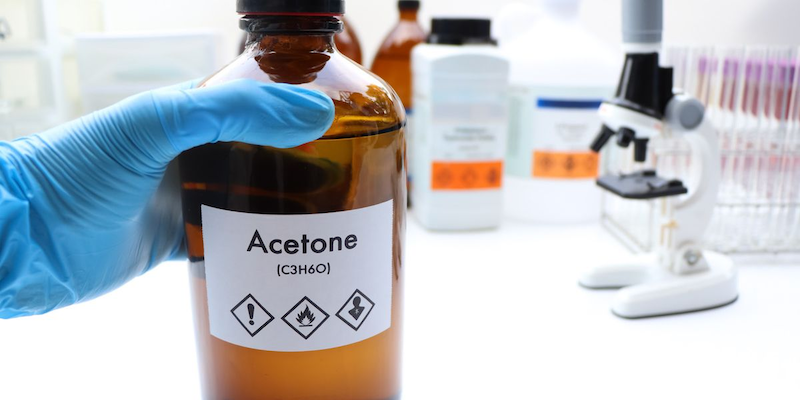
Xylene or Toluene
- Aromatic solvents frequently used in industrial applications.
- Advantages: Can remove oil-based paint and certain thin epoxy coatings.
- Disadvantages: Moderate effectiveness; highly volatile; requires careful handling.
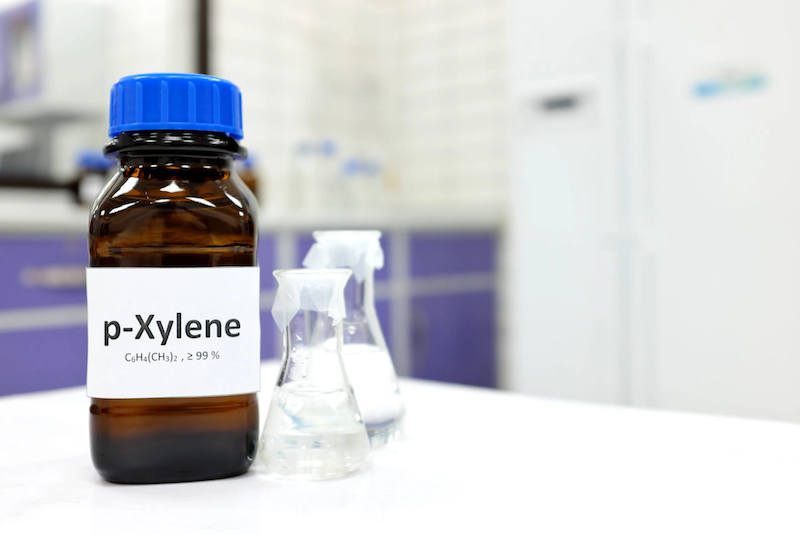
Caustic Solution (Sodium Hydroxide – Lye)
- A strong alkaline solution (often mixed with hot water).
- Advantages: Effective on old or oil-based paints; low cost.
- Disadvantages: May corrode metal if exposure time is not properly controlled; not suitable for aluminum or light alloys.
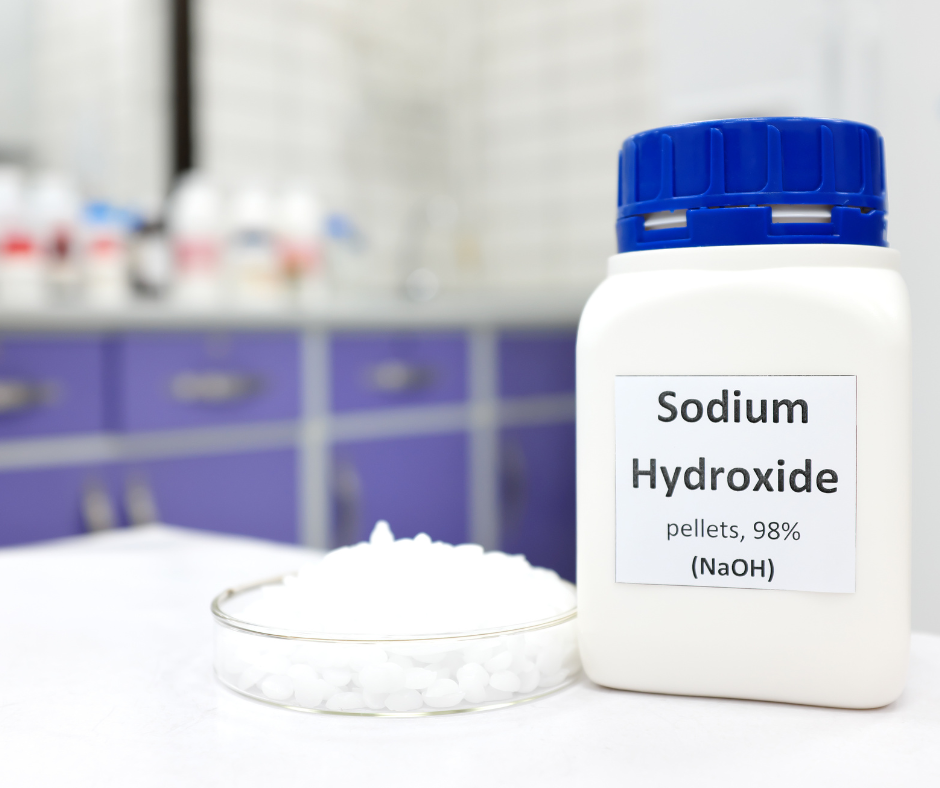
Commercial Paint Removers
- Examples: Paint Strippers from brands like Jotun, 3M, or Rust-Oleum, typically containing a mix of solvents such as Methylene Chloride, NMP, and additives.
- Advantages: Easy to use; optimized for various paint types and metal surfaces.
- Disadvantages: Higher cost compared to single-chemical solutions.
Caustic Soda
- A highly alkaline chemical commonly used in industrial paint stripping due to its corrosiveness and ability to break down paint structures.
- Advantages: High paint-stripping efficiency.
- Disadvantages: May damage the metal surface if exposure time is not properly controlled.
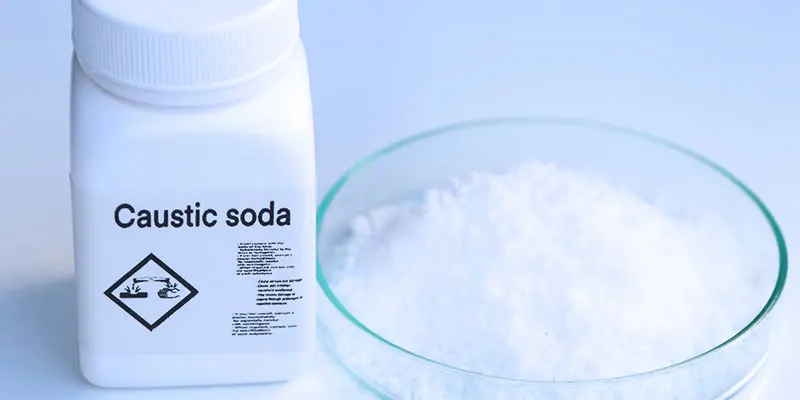
Oxalic Acid
- A strong organic acid capable of removing paint and rust from metal surfaces without causing significant damage.
- Advantages: Easy to apply; highly effective.
- Disadvantages: Concentration must be adjusted properly to prevent corrosion and ensure user safety.
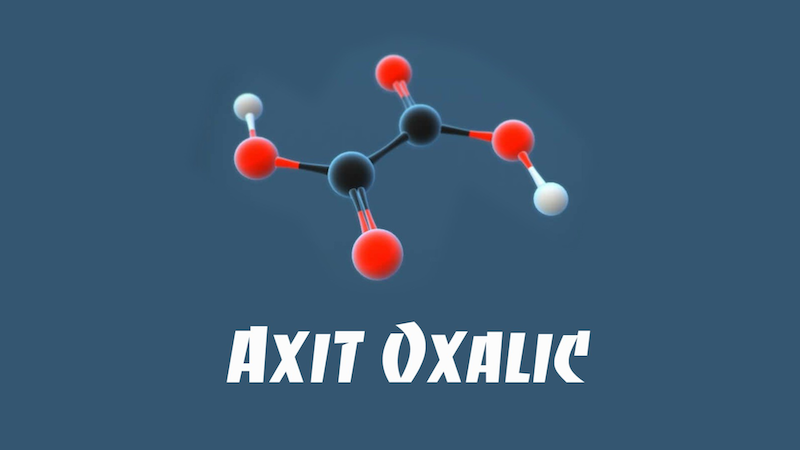
Citristrip Paint and Varnish Remover
- A popular liquid paint remover that strips paint without damaging the metal surface.
- Advantages: Easy to apply; environmentally friendly.
- Disadvantages: Slower than other chemical solvents.
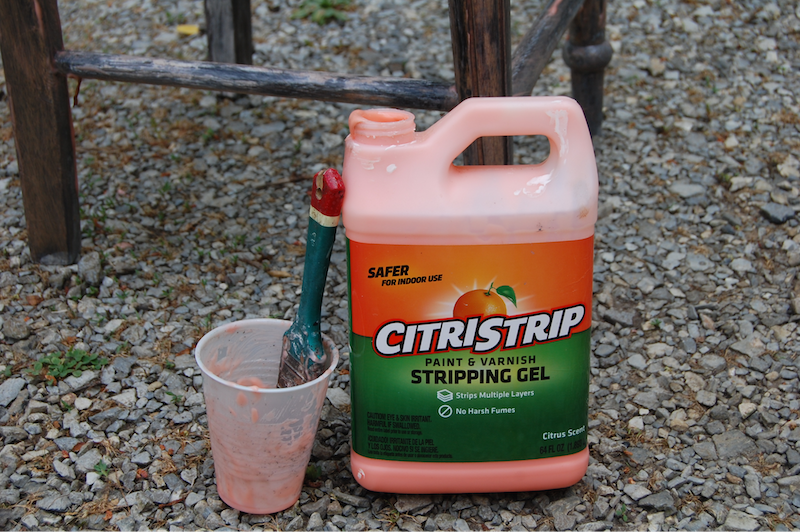
Baking Soda
- An eco-friendly and user-safe paint remover that helps strip paint without corroding the metal.
- Advantages: Safe and easy to use.
- Disadvantages: Less effective compared to industrial-grade solvents.
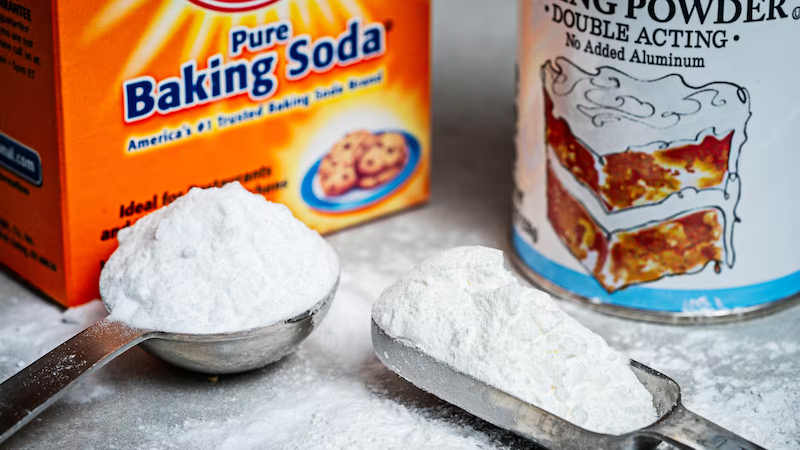
Guide to Removing Paint from Metal Surfaces
Removing paint from metal surfaces must be done carefully to ensure complete removal of the old paint without damaging the metal. Below is a detailed step-by-step guide for the paint removal process:
Prepare Tools and Materials
-
- Paint remover chemicals: Choose the appropriate type (Methylene Chloride, NMP, commercial paint strippers, etc.) based on the type of paint and metal.
- Tools:
-
- Brush or broom for applying chemicals
- Scraper, wire brush, or metal scouring pad for removing paint
- Pressure washer (if needed)
- Protective gear: Chemical-resistant gloves, safety goggles, mask, long-sleeved clothing
- Clean cloths, containers for chemical waste
- Neutralizing solvents (e.g., water or acetone) for cleaning after stripping
Surface Assessment and Testing
- Identify the type of paint (Epoxy, oil-based, PU, etc.) and metal (steel, aluminum, alloy, etc.)
- Test the paint remover on a small area to ensure effectiveness and verify it doesn’t corrode the metal.
Pre-Clean the Surface
- Remove dust, grease, or light rust from the metal by:
- Wiping with solvents like acetone or mineral spirits
- Using a wire brush or sandpaper if there’s rust
- Ensuring the surface is completely dry before applying the paint remover
Apply the Paint Remover
- Application method:
- Use a brush to apply a thick, even layer of chemical over the painted area
- For larger areas, divide into smaller sections for better control
- Waiting time:
- Let the chemical sit for 5 – 30 minutes depending on the product and paint thickness
- Observe: the paint will begin to blister, peel or soften as the chemical takes effect
- Note: Cover the work area to slow down evaporation (especially when using Methylene Chloride)
Remove the Paint Layer
- Use a scraper or wire brush to gently scrape off the loosened paint
- For stubborn areas:
- Apply another layer of paint remover and wait a few more minutes
- Use a metal scouring pad or pressure washer (if water rinsing is allowed by the product)
- Wipe off paint residue with a solvent-dampened cloth or water (follow chemical instructions)
Clean and Neutralize the Surface
- Rinse the metal thoroughly with clean water or a neutralizing solvent (e.g., acetone, thinner) to remove any remaining chemical
- For alkaline chemicals (e.g., Sodium Hydroxide): rinse well with water and test pH to ensure no excess alkalinity (aim for pH ~7)
- Dry the surface with a clean cloth or allow it to air dry
Inspection and Post-Treatment
- Check for any remaining paint; if found, repeat steps 4 – 5 for that area
- If the metal surface shows scratches or light rust after stripping, sand it down to smooth it out
- Prepare the surface for new paint (if needed): Clean, apply anti-rust primer, and then topcoat
Important Notes
- Safety: Work in a well-ventilated area, avoid inhaling fumes, and prevent direct skin contact with chemicals
- Waste disposal: Collect removed paint and leftover chemicals in containers and dispose of them following environmental regulations never pour directly into drains
- Timing: Don’t leave chemicals on metal too long (especially aluminum or alloys), as they may cause corrosion
Practical Examples
- Epoxy paint on steel: Use a paint stripper with Methylene Chloride, apply a thick coat, wait 15 minutes, scrape off, then rinse with thinner and dry.
- Oil-based paint on aluminum: Use NMP, apply and wait 20–30 minutes, scrape gently, rinse with water to avoid corrosion.
Storage and Handling of Paint Removers on Metal
- Ensure good ventilation: Keep the workspace clean, with open windows or ventilation fans to reduce chemical concentration in the air and minimize health risks.
- Do not overuse paint remover: Follow manufacturer’s instructions for dosage to protect the metal surface and improve effectiveness.
- Read usage instructions carefully: Each chemical has specific application methods and dosages follow precisely to avoid risks
- Wear full protective gear: Gloves, goggles, protective clothing, and respirator mask are essential to avoid direct chemical contact.
- Safe working environment: Avoid using in enclosed or residential spaces. Use air purifiers or fans to circulate and expel toxic fumes.
- Remove chemicals from clothing: If clothing gets contaminated, wash thoroughly with water to avoid skin irritation.
- Proper storage after use: Seal the bottle tightly, store in a dry, cool place, and keep out of reach of children.
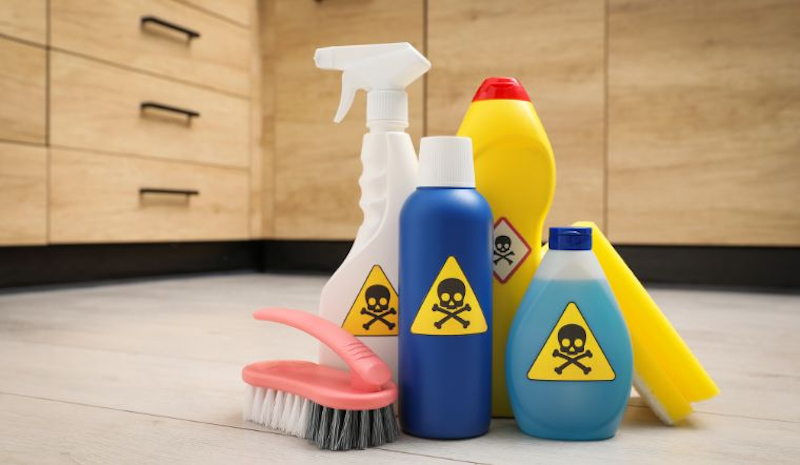
Each type of metal paint remover has unique properties and usage methods. Therefore, selecting the correct type and strictly following instructions are essential for effectiveness and user safety. We hope this guide helps you better understand how to remove paint from metal and choose the most suitable solution for your needs.
If you require large quantities of paint remover chemicals or ready-to-use products, contact K-Chem for reputable, high-quality, and affordable solutions tailored to your needs. Businesses can leave their information or receive free consultation from our team of experienced experts via the details below:
K-CHEM VIETNAM CO., LTD
- Address: N6B Street, Lot F, Phu Chanh 1 Industrial Cluster, Phu Chanh Ward, Tan Uyen City, Binh Duong Province, Vietnam
- Tel: +84 274 362 0218
- Email: info@k-chem.vn


